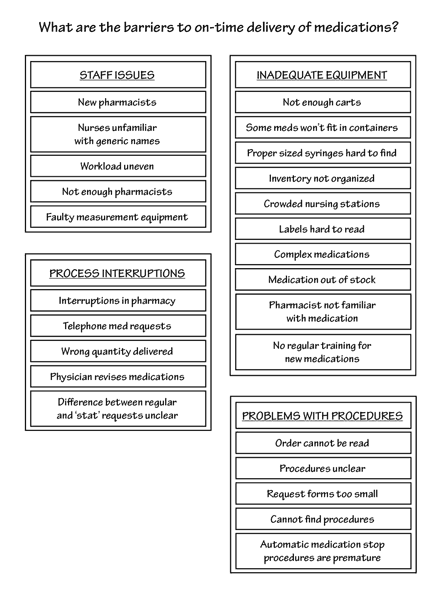

The physical features that children see - such as eye shape, skin color, and hair texture - are connected to our society’s description of race. Bigler noted that children “form these preferences on their own and naturally categorize everything, and the attribute they rely on is that which is the most clearly visible.” Afterwards, when she asked children in red T-shirts, “How many reds are nice?” they said, “All.” When children in red T-shirts were asked how many students in blue T-shirts are nice, they said only “some” are nice, but other blues are dumb or mean. She observed them while they played with each other freely at recess. 1 Bigler randomly gave four- and five-year-old children red or blue T-shirts. Consider the experiment conducted by Rebecca Bigler at the University of Texas. The research shows that, even in infancy, children demonstrate in-group preference. But as Beverly Daniel Tatum makes clear in her book, Why Are All the Black Kids Sitting Together in the Cafeteria?, children as young as three years old notice physical differences such as skin color, hair texture, and the shape of facial features. Many adults believe that children see race only when it is pointed out. When my own daughter was in third grade at another independent school, she shared how it felt to hear another classmate say, “I hope I can dance with a normal white boy,” as her class was preparing for a colonial day re-enactment. I remember the stinging feeling of such an event. She had hoped her son would not have to hear those words of rejection so early in his school journey, if at all.

Nonetheless, the encounter stirred worries for the boy’s mother, stemming from her own childhood and school memories attached to race. The boy’s teacher handled the interaction between the children with gentleness and care, using it as a learning opportunity for both students. Her son, who happens to be one of the few African-American children in his kindergarten class, was told by a classmate that he wasn’t invited to a party because he is brown. One early May morning, a faculty member of color walked into my office. I (Kimberly) am the director of diversity and multicultural practice at the Gordon School (Rhode Island). So, why isn’t every school clamoring to promote affinity groups?

At the same time, faculty facilitators gain valuable insights into ways their school’s curriculum and culture can support children on the road to identity development. The relationships students gain through race-based affinity groups enable them to feel less alone with their emotions and help them build a stronger sense of self. Children talk about the isolation they sometimes feel. Affinity groups are places where students build connections and process “ouch” moments from their classes. In the relative security of an affinity group, these realities come to life. In the safe zone of her affinity group, she shed light on a classroom dynamic that might otherwise have remained hidden.Įven in the most progressive independent schools, issues of race often lie just below the surface of children’s daily experiences. The girl who experienced this emotion revealed her feelings to students who knew firsthand what it meant to be a child of color in a predominantly white school. These words weren’t shared in a classroom. “I hate it when we talk about Martin Luther King and everybody stares at me,” a second grader said.


 0 kommentar(er)
0 kommentar(er)
